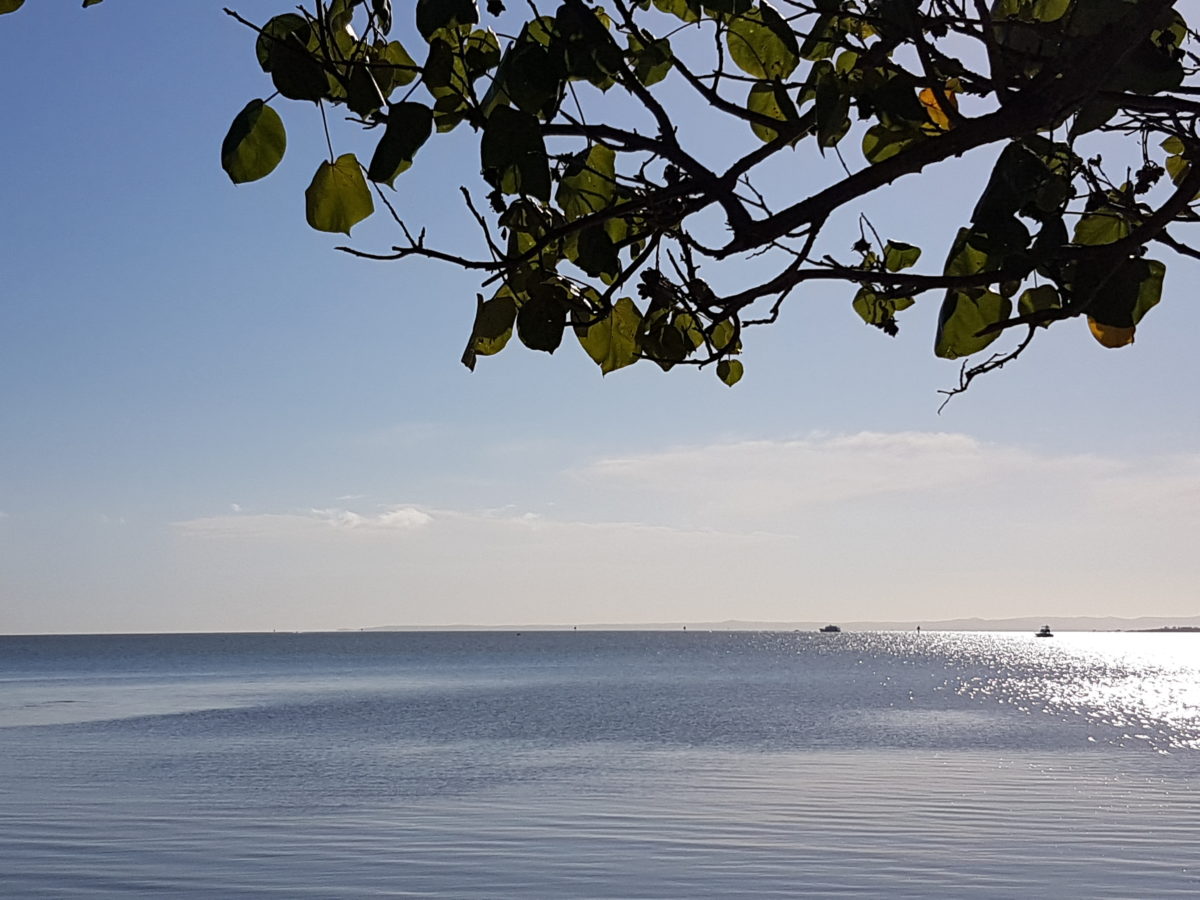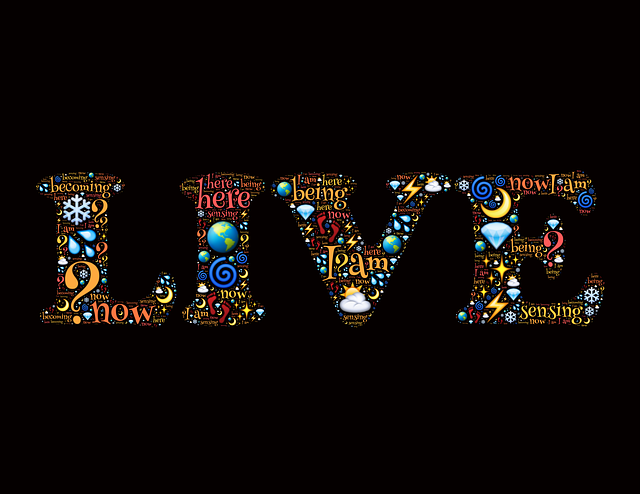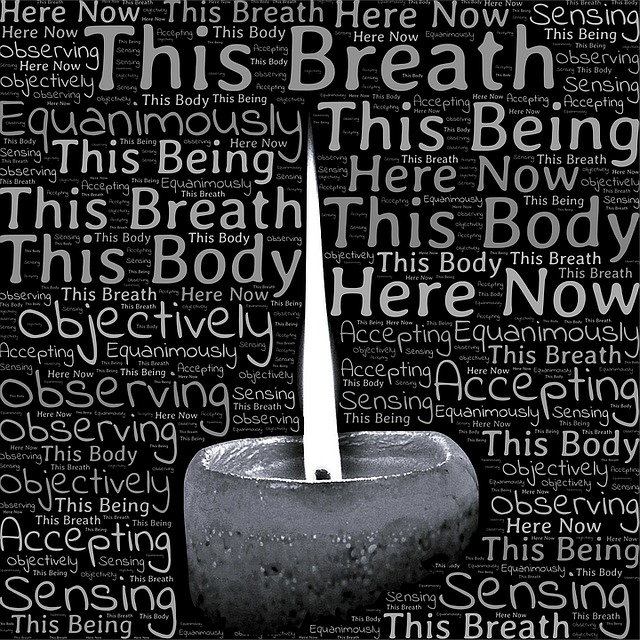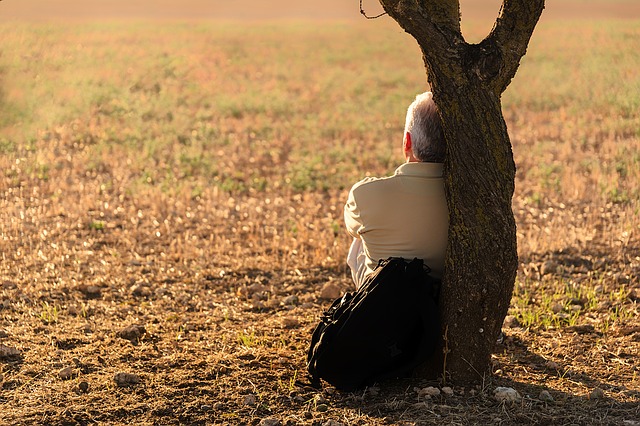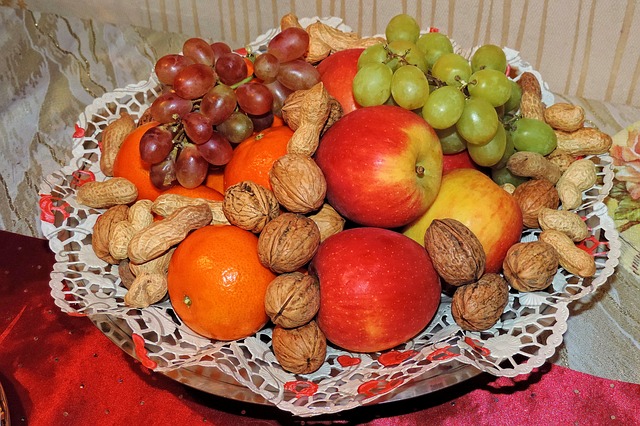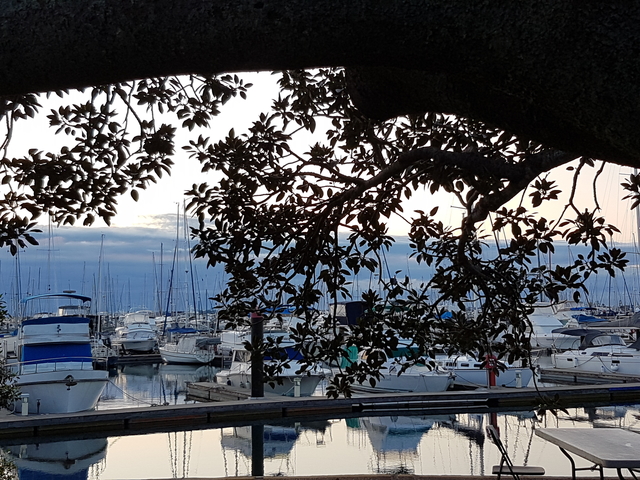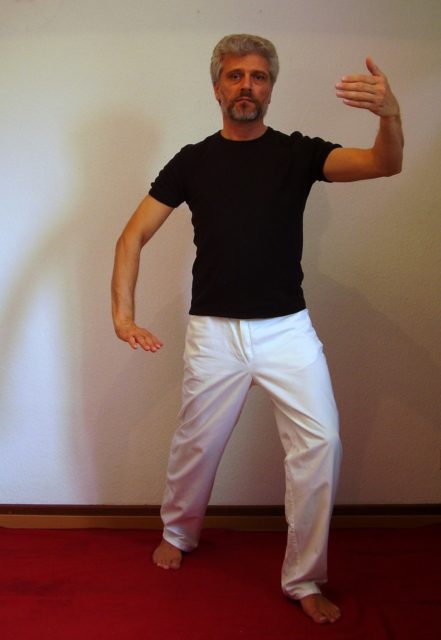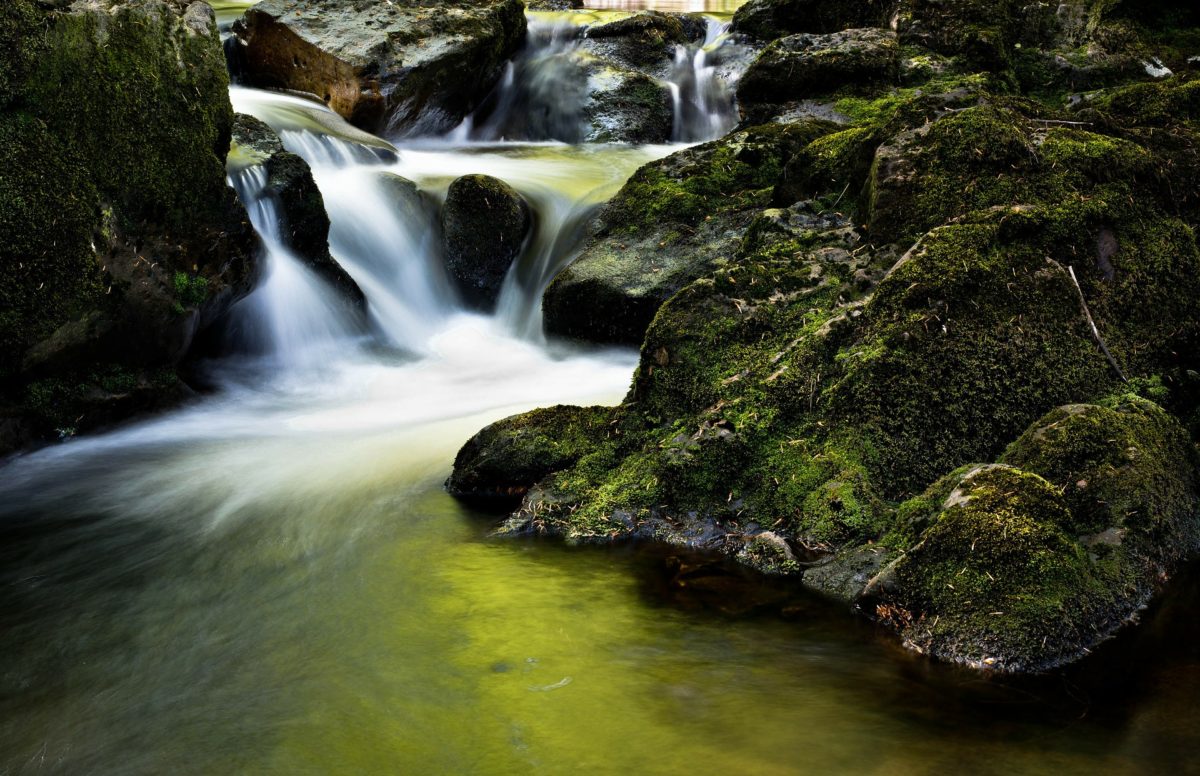One of the things that we often fail to realise is what impact our own consciousness has on people around us – how we can make a real difference through being mindful.
Paulo Coelho captures this principle in his book, The Alchemist:
That’s what alchemists do. They show that, where we strive to become better than we are, everything around us becomes better, too. (The Alchemist, p.150)
Recent research reinforces the fact that our moods are contagious – so if we are happy and calm, then we can positively impact those around us. We can make a difference in other people’s lives by living mindfully – by developing our emotional intelligence and building our sense of gratitude and contentment.
Joseph Folkman, who has made a personal study of the contagiousness of mood and engagement, reminds us:
Since doing this research, I have begun thinking about the fact that every interaction I have with other people can be inspiring and building, or discouraging and frustrating. We can build others up or tear them down.
The impact of our mindfulness can spread to our social network just as a person’s grief can impact those connected to them to “three degrees of separation” (friends of friends of friends) – like the concentric ripples that result when a stone drops into a pool of water. Nicholas Christakis has studied this ripple effect over 15 years and demonstrated the pervasive influence of social networks. His study can explain the growth of obesity, drug use and depression within a social network over time.
Whether we are conscious of it or not, our mindfulness can impact others in a positive way and make a real difference in their lives. This was recently reinforced for me with the death of a friend, Pam Kruse. People from all walks of life and different phases in her life, expressed their appreciation and gratitude for her sense of fun and humour, her zest for life, her thoughtfulness, her energy and readiness to serve others in a generous and unassuming manner. In a lot of ways, Pam epitomized the “servant-leader“.
So let the warmth of your smile and your sense of contentment shine on those around you, just as the setting sun brightens the darkness of the night sky.
Image Source: Copyright R. Passfield

